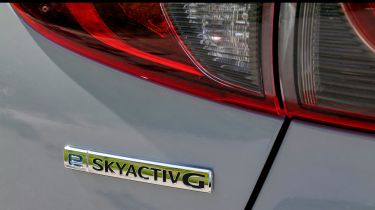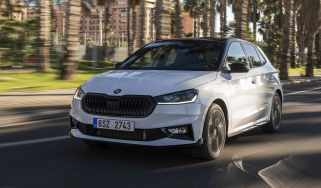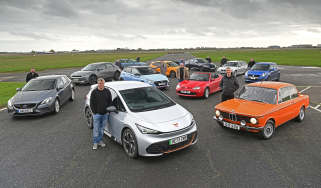Mazda 2 (2015-2025) - MPG, CO2 and running costs
Mazda promises great ‘real world’ economy with low emissions. Residuals look good too

Just so you know, this is an older review of the 2015-2025 Mazda 2. If you are interested in information about the current Mazda 2 Hybrid, or news of upcoming Mazda models, please follow the links provided.
Mazda likes to think of itself as an honest car company, more interested in giving customers real-world fuel savings than focusing on spectacular results in the official economy cycles. That’s why its strategy is based around high-compression naturally-aspirated petrol engines rather than following the trend for downsizing and turbocharging.
As a result its engines aren’t the cleanest in the class, but they are pretty close. The entry-level 74bhp version of the 1.5 Skyactiv-G petrol engine returns economy and CO2 emissions of 58.9mpg and 109g/km. Our pick and likely to be the most popular model, is the 89bhp version. It features mild-hybrid tech and returns 60.1mpg and 107g/km with the five-speed manual gearbox or 52.3mpg and 122g/km with the six-speed auto.
The range-topping mild-hybrid 113bhp petrol is only available with a six-speed manual gearbox and returns 56.5mpg and 113g/km. Mazda reckons its larger capacity engines have a better chance of attaining ambitious claimed figures in the real world motoring – away from the test bench.
Insurance groups
The Mazda 2 is a little more costly than some of its rivals to insure, as it ranges from group 16 for the entry-level petrol to group 21 for the top 113bhp model. In comparison, a more powerful 123bhp Ford Fiesta in sporty ST-Line trim is in group 15, while the entry models start at group 4. Bigger engines and the potential for higher repair costs are to blame for the Mazda’s ratings.
Check if your car needs an MoT and view its complete history with our MoT History Checker...
Depreciation
Residual values are pretty strong for the Mazda 2, with Exclusive Line and Homura models holding onto around 52 per cent of their original value after an average ownership period of three-years and 36,000-miles. The 89bhp Homura with the manual gearbox is expected to retain almost 59 per cent of its original value, while the lowest is the Homura Aka with the most powerful engine, at just over 50 per cent.





